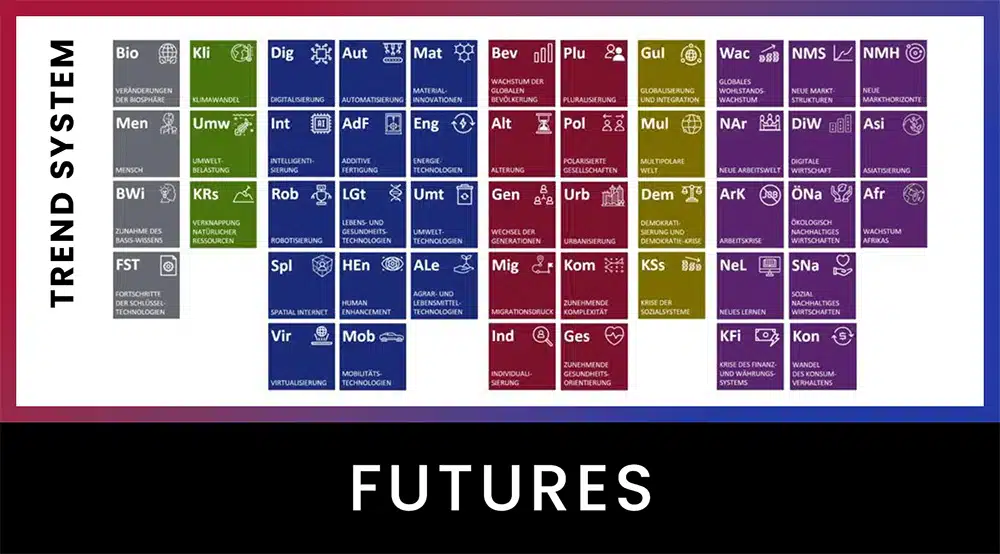Enno Däneke
Take – Make – Waste… This is not the way to go
The Circular Economy will be one of the very big topics in the next decades. It is a key aspect of the “ecological sustainability” megatrend, which we are constantly monitoring in our trend system. The development already started a few years ago, is topical today and will continue to accelerate in the coming years. Less than 10% of the world economy is circular today. That means 90% of what we do is based on the classic take – make – waste principle.
So we take resources from nature, do something with them, and in the end we dispose of them. The resources then end up somewhere in nature again, but as waste. This is how our economic system has worked since at least the Industrial Revolution. In terms of the last 150 years, things have gone reasonably well. But the fact is that it will not go well in this way for another 150 years. Probably not another 30. The cost of environmental degradation is becoming simply prohibitive.
From consumption to the eternal cycle
There is an urgent need for other approaches to go the way of becoming “circular”. This means replacing traditional consumption with a perpetual cycle. Reuse and recycling are essential starting points to realize this transformation. However, they are not enough.
The Circular Economy therefore refers to all areas of value creation. It already starts with the design of new products. For example, it must be ensured that the ingredients and materials are recyclable and that compounds can be returned to their original form. This continues in logistics, where it is ensured that waste streams are returned to the manufacturing companies, creating streams of recyclable materials.
Following on from this, there needs to be processes for how companies sort the materials from the returning recyclables streams and how, in the end, the recyclables are returned to the system for reprocessing. The entire process is highly complex. It takes both mechanical and chemical recycling processes to efficiently recycle all kinds of plastics, for example. Sometimes it will be necessary to return substances to their original state down to the molecular level and then rebuild polymers, for example, from scratch.
Closed Loop Recycling
The biggest challenge will be to achieve closed loop recycling and not just down cycling. Today, recycling usually results in high-value materials losing quality in the process. It is then only possible to produce inferior products. So it is usually not yet the case that food packaging can become food packaging again. This is almost only possible with PET bottles. The big challenge is to come out after recycling with the same product as before the process, thus ensuring a close loop.
The challenges are still great, but the circular economy brings enormous opportunities for a wide range of industries. Especially, of course, for waste management, but equally for the chemical industry and logistics.
Placeholder
Please also follow these links:
► Free video crash course THE FUTURE OF YOUR BUSINESS
► BUSINESS WARGAMING for robust business and future opportunities
► LECTURES AND KEYNOTES by Pero Mićić for your employees and customers
Placeholder
I wish you a bright future!
Have a bright future!






























